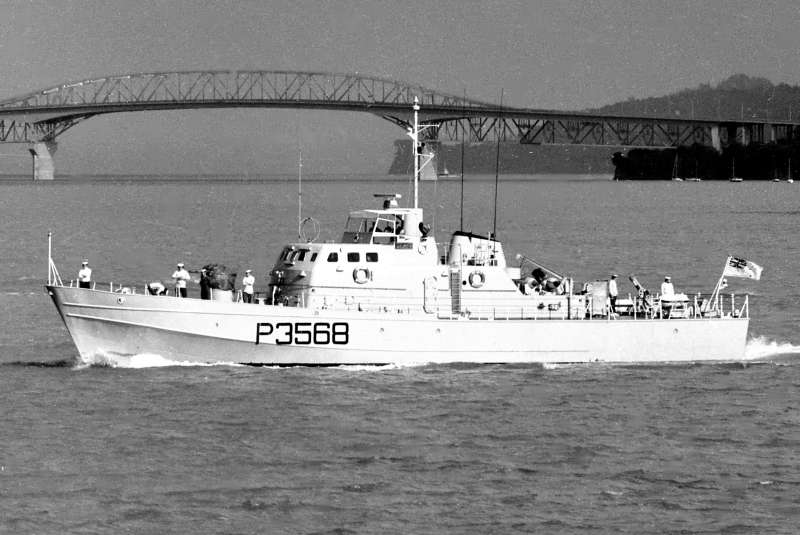I believe that concerns about IPV seaworthiness is overblown, looking for an excuse not to deploy to the Pacific.The inherent problem is that they're Inshore Patrol Vessels, and getting from Auckland to Fiji - and back again - involves a long ocean passage, definitely not Inshore. Planning such a voyage requires careful study of long range weather forecasts, examination of chicken entrails and sacrificing a couple of virgins [OK, I did exaggerate a teeny bit] before committing to go. This makes departing and arriving on a specific future date very difficult to manage, and the voyage itself is likely to make the lucky CO's blood pressure elevated until they are safely in the lee of their destination.
That's a major reason why the IPVs are not long for this world with the RNZN, they are just barely suitable for use in coastal NZ waters, and even then there are big parts where there are no suitable ports (or none at all) to run to if the weather turns nasty. For example a trip to the Chathams is nearly as hard to plan as a trip to Fiji; and a transit from Nelson to Milford Sound has only shooting the bar at Greymouth or Westport as very questionable boltholes
Just my $0.02
Provided there is adequate cyclone safe Shelters or moorings available there is no reason why the deployments would be compromised.
Auckland to Suva, the longest transit is a approx 1,000nms, about the same distance between Brisbane and Cape York Thursday Island. Darwin to Christmas Island is approx 1,200nms an Ocean passage the RAN Attacks, Fremantles and Armidales Did/do regularly in all sorts of crap conditions (that’s why the ACPBs) copped such a structural hiding at the peak deployments).
During My exchange time in the RN I would explain my normal patrol to the Brits in this way, my 33mtr Attack class would leave Darwin, proceed to Broome to refuel then patrol the NW shelf down to NW Cape/Exmouth, return to Broome then back to Darwin. This is the same as leaving Plymouth, proceed to Gibraltar then patrol the entire Med, return to Gib then back to Plymouth.
The Fremantles deployed, some from Darwin, to Fiji during their constitutional crisis during the 80s with no problem and from what I see looking at the IPVs they are as good as or better than their Oz cousins in a seaway.
I’ve posted this here some time ago but I believe the NZ Govt is really missing out on an opportunity in national diplomacy by not utilising thes ships and in particular are ignoring their sovereign responsibility towards NZ’s Pacific possesssions.



